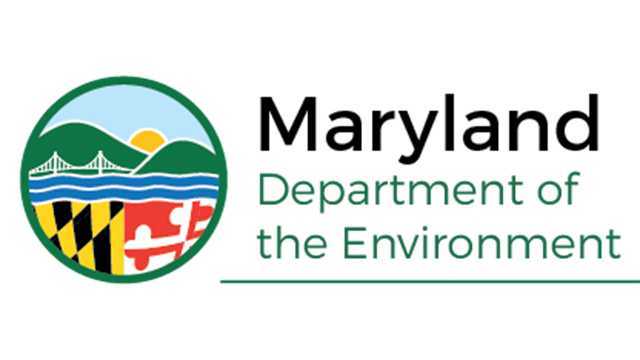[Press Release] MDE releases report on sampling for PFAS in St. Mary’s River surface water and oysters
By Maryland Department of the Environment | EIN Presswire | October 5, 2020

Read the full article by Maryland Department of the Environment (EIN Presswire)
“BALTIMORE (October 5, 2020) – A new report shows that sampling of surface water and oysters in the St. Mary’s River for per- and polyfluoroalkyl substances, or PFAS, found no levels of concern.
The sampling, done under a Maryland Department of the Environment (MDE) pilot study, found very low concentrations of PFAS in surface water in the St. Mary’s River and its tributaries near Naval Air Station Patuxent River (NAS Pax River) and found no detections of PFAS in oysters in those waters, according to MDE’s report. The pilot study is integral to MDE’s development of a comprehensive plan for PFAS, which includes sampling, soon to begin, of finished water from more than 130 public drinking water treatment systems across Maryland.
‘The Maryland Department of the Environment is committed to developing a comprehensive plan for understanding, communicating and reducing unacceptable risk related to PFAS,’ said Maryland Environment Secretary Ben Grumbles. ‘The results from the St. Mary’s River pilot study provide valuable information as we move forward in future monitoring of PFAS to protect the environment and public health.’
PFAS compounds are contaminants of emerging concern. Used since the 1940s, PFAS can be found in common household products (non-stick cookware, water resistant clothing, and personal care products), firefighting foams, at fire-training facilities and on military installations.The widespread use of PFAS and their ability to remain intact in the environment means that over time PFAS levels from past and current uses can result in increasing levels of environmental contamination, which may bioaccumulate throughout the food chain. Further research on these compounds continues as scientists work to understand their toxicity and impacts on human and environmental health.
MDE is putting a priority on developing a comprehensive plan for understanding, communicating, and reducing risks related to PFAS. This includes identifying and inspecting areas with the highest potential exposure risks such as drinking water, surface water, and fish and shellfish.
MDE is working with the U.S. Department of Defense and the U.S. Environmental Protection Agency to assess, remediate and monitor Department of Defense sites in Maryland where PFAS are or were present. The St. Mary’s River Study piloted an approach for determining the presence of PFAS in surface waters and oysters in the vicinity of NAS Pax River and its Webster Field Annex, where potential sources of PFAS may be present due to the use of firefighting foam. MDE worked in partnership with the Maryland Department of Natural Resources (DNR) on the pilot study…”
This content provided by the PFAS Project.
Location:
Topics: